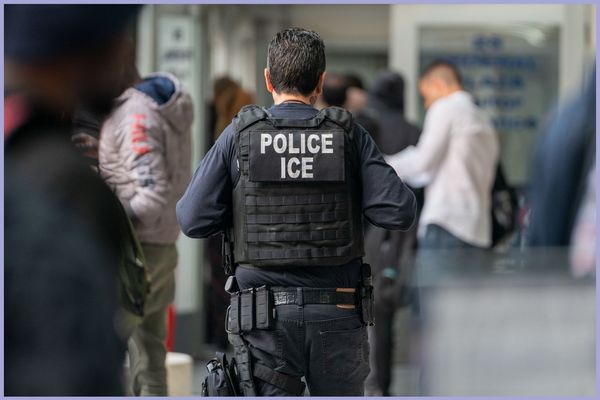
While air travel during its early days was only accessible to a select and very privileged few, the next half-century has completely shifted the paradigm.
At least when it comes to longer journeys, flying is often the cheapest way to get there while train travel is an indulgent alternative favored by adventurers and luxury-seekers.
DON'T MISS: It's Cheaper to Take a Train Than a Plane to These Destinations
While airfare prices have started to dip significantly, sky-high demand for travel to many European cities post-pandemic means that going to certain popular destinations will still cost nearly 25% more than a year or two ago. That said, going by train is often that much worse.

Shutterstock
Flying Is Expensive But Trains Are Worse
Looking at the main train routes across the European continent, a new report by environmental nonprofit Greenpeace estimated that trains were more expensive than planes 71% of the time — in one extreme example, a trip from London to Spain's Barcelona cost just 12.99 Euros (approximately $14.5 USD) on budget airline Ryanair (RYAOF) -) and 384 Euros (approximately $426 USD) for a 10-hour train journey transferring in Paris or Brussels.
Just over 40 routes in countries in the European Union, Switzerland, the United Kingdom and Norway did have options that were more affordable for those wanting to take the train. Trips between Lisbon and Porto and Madrid and Barcelona were some of the most affordable domestic journeys while Berlin-Prague, Zurich-Vienna and Prague-Budapest are the most affordable cross-border trips.
As trains are widely known to be a more environmentally-friendly alternative to flying, the report called on European governments to prioritize development of railway systems and impose climate taxes on airlines. The report called out ultra low-cost tickets that tempt travelers away from more environmentally-friendly alternatives.
Cheap Airline Tickets Come at a Cost
"€10 airline tickets are only possible because others, like workers and taxpayers, pay the true cost," Lorelei Limousin, a Greenpeace climate activist, said in a statement on the findings. "For the planet and people's sake, politicians must act to turn this situation around and make taking the train the more affordable option."
While the report looked at Europe due to the feasibility of going from city to city by train, train travel in the United States is even more of an expensive novelty — while certain affordable Amtrak routes between nearby East Coast cities like New York and Philadelphia do exist, traveling cross-country by train generally takes at least two full days and would set one back several thousand dollars.
As a result, it is generally something that people do not for transportation but to see the country or have an "adventure" reminiscent of Agatha Christie characters.
Train operators generally tap into this desire by launching ultra-luxury options — California startup Dreamstar Lines has been working on what it calls a "premium overnight hotel train" in which passengers board at night in Los Angeles and arrive to San Francisco the next morning after crossing the 382 miles between the two cities eating high-end meals and in luxury accommodations.
Depending on the type of room one chooses, such a train journey will cost between $300 and $1,000. If booked early and during less popular days, a flight between LA and San Francisco will cost less than $100.







